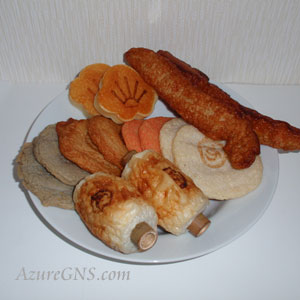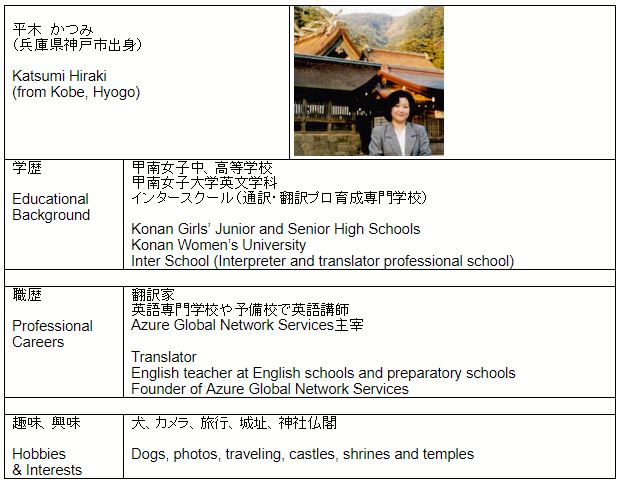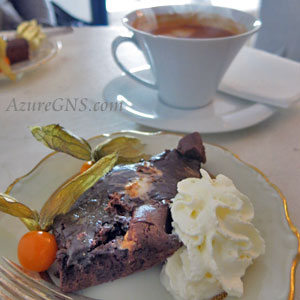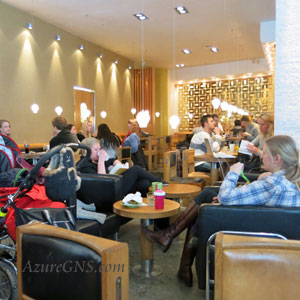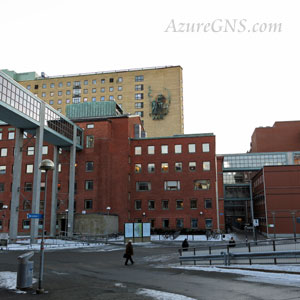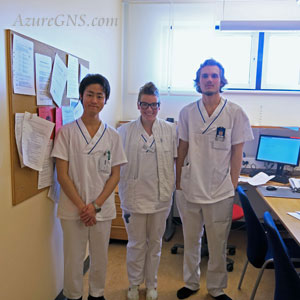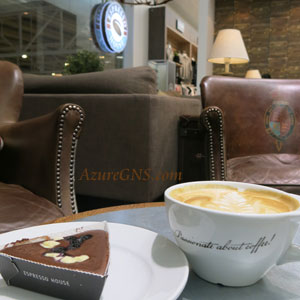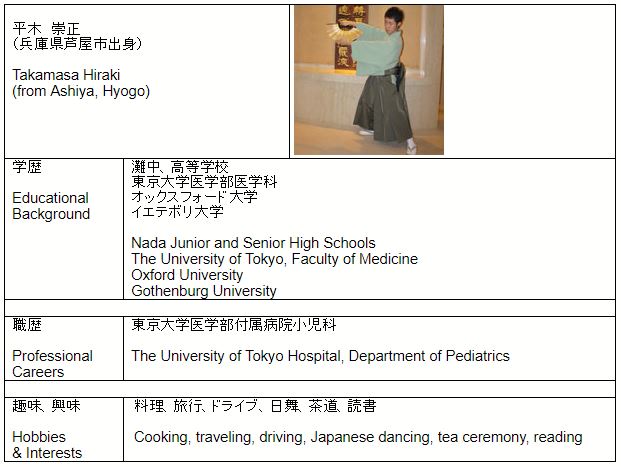蒲鉾
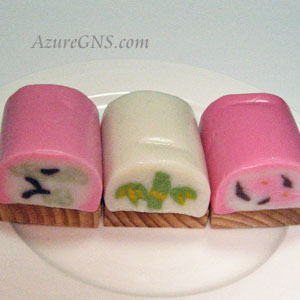
日本人は魚が大好きです。他の国の人々より遥かに多くの魚を食べます。それゆえにさまざまな調理法があります。焼き魚一つとっても塩焼き、照り焼き、味噌漬け、干物などがあります。寿司、刺身、魚の天ぷらが大好きですし、冬には家族や気の合う友達と魚の鍋を囲んで楽しみます。魚肉ソーセージは手軽な子供のおやつであり、大人にはお酒のおつまみにもなります。しかしながら、このブログでは蒲鉾に焦点を合わせます。
Japanese love fish. We eat much more fish than people in other countries. Therefore, we eat fish in various recipes. Even grilled fish (or broiled fish) has many variations such as shio-yaki (grilled fish with salt), teri-yaki (grilled fish marinated or glazed with teriyaki sauce), miso-zuke (grilled fish marinated with miso) and himono (dried fish). We love sushi, sashimi and fish tempura, and in winter we enjoy fish nabe-mono (hot pot dishes). Fish sausage is a ready-to-eat snack for children and for adults it also goes well with alcohol. In this blog, however, the focus is on kamaboko.
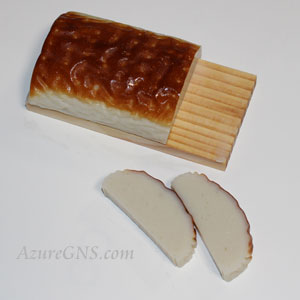
広義では蒲鉾はほとんど全ての魚の練り物を調理したものを意味します。例えば、魚のすり身を揚げた薩摩揚げ、蒸した竹輪やはんぺんなどです。見た目も食感も蟹に似ている蒲鉾、蟹かまぼこ、またはカニカマもあります。しかし、厳密に言えば蒲鉾とは小さな木の板に載せた魚のすり身を蒸したり、焼いたりしたものです。この板は魚のすり身から出る余分な水分を吸い、蒲鉾の保存性が高くなります。蒲鉾には白身魚のみ使用されます。まず、魚を洗い、血と脂が取り除きます。そしてすりつぶしたものに、卵白、砂糖、味醂、塩などを加えます。最後にこれをよく混ぜて、通常は小さな木の板に半円状に盛り、蒸すか焼きます。
Basically, kamaboko includes almost all cooked neri-mono (fish paste or ground fish). For example, there are fried ground fish, satsuma-age, and boiled, chikuwa (boiled or grilled ground fish in a bamboo-like shape) and hampen (fluffy boiled mixture of ground fish and yam). Kani-kamaboko, or kani-kama for short, is similar to the leg flesh of snow crab in appearance and texture. To be precise, however, kamaboko is steamed or baked ground fish on a small wooden board. This board soaks up excess water from the ground fish, and enables kamaboko to last longer. This kamaboko is made only from whitefish. First, fish is washed and the blood and fat are removed. Afterwards, it is ground up and mixed with egg white, sugar, sweet sake and salt. Then, this mixture is generally spread in semicircle on a small wooden board and is steamed or baked.
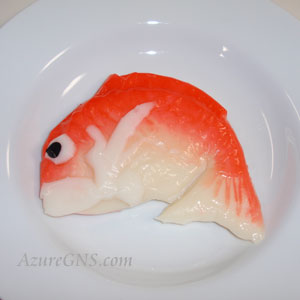
日本には地方によってさまざまな蒲鉾があります。たとえば関西地方では蒸した後、少し焼いた薄い蒲鉾の人気があります。富山県の細工蒲鉾は鯛、富士山、宝船、亀など縁起物を型取り、お祝い事には欠かせません。 富山では巻き蒲鉾も人気があります。また、宮城県の仙台市発祥の笹かまぼこは、笹の葉の形をしていて、板がついていません。
There are various kinds of kamaboko from region to region in Japan. For example, a thin kamaboko, which is steamed and afterwards lightly baked, is popular in the Kansai area. Saiku-kamaboko in Toyama Prefecture in the shape of good-luck items such as a tai (a sea bream), Mt. Fuji, a takara-bune (a treasure ship), or a turtle are indispensable for celebrations. In Toyama Prefecture, maki-kamaboko, rolled kamaboko, is also very popular. Moreover, sasa-kamaboko originated in Sendai City, Miyagi Prefecture is shaped like a bamboo leaf, and doesn’t have a board.
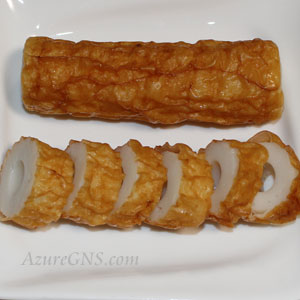
昔の蒲鉾は今日のものとは異なった形をしていました。蒲鉾は、竹輪のことを意味していました。竹輪の形が蒲(がま)の穂に似ていたので、蒲鉾と呼ばれるようになりました。蒲鉾の最も古い記録は永久3年(1115)に書かれたものです。その後、長年をかけ日本人は小さな板に魚のすり身を載せて、蒸すか焼く現代の蒲鉾の形を完成させました。しかし、白身魚は当時高価で、庶民がしばしば蒲鉾を口にすることはできませんでした。それゆえに、鯛や宝船などの形をした特別の蒲鉾を婚礼のお祝いのために作りました。しかし、後に白身魚が以前ほど高価でなくなり、全ての人が日常生活で蒲鉾を食べ始めました。今日、蒲鉾はスーパーマーケットで安価で売られています。
In the old days, kamaboko was not what it is now. Kamaboko meant Chikuwa. That’s because Chikuwa’s shape looked like the ear of gama (a bulrush or a cat tail), cattail. Kamaboko dates back to 1115 (Eikyu 3rd yr), according to the old record. Long afterwards, Japanese invented how to make the kamaboko of today, putting ground fish on a small wooden board and steaming or baking it. In those days, however, whitefish was expensive, so people couldn’t afford to eat kamaboko often. Therefore, people sent special kamaboko in the shape of red fish, tai (a sea bream), and a ship filled with treasure, for the congratulations of marriage. However, after whitefish became less expensive, everyone began to eat kamaboko in daily life. Today, people can buy kamaboko at a low price in the supermarket.
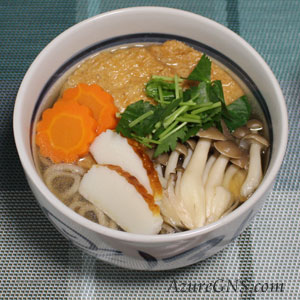
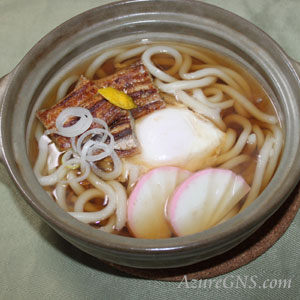
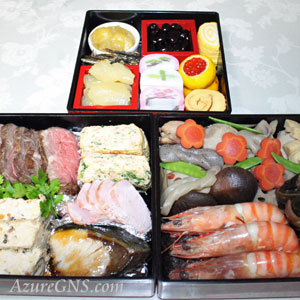
かまぼこを最も目にする機会は、薄く切ったものが蕎麦やうどんの上に載っている状態です。かまぼこの晴れ舞台はなんといってもおせち料理です。日本人はお正月におせち料理と呼ばれる、重箱に入ったさまざまなご馳走を食べます。かまぼこはその中の主役ではありませんが、欠かせない一品であることは間違いありません。紅白のかまぼこや、縁起物の松竹梅や干支の絵柄のかまぼこが、おせち料理を華やかに彩ります。
The most common situation in which we see kamaboko is a slice of kamaboko on soba (buckwheat noodles) or udon (wheat noodles) in a bowl of hot soup. After all, the grand stage for kamaboko is Osechi-ryori. During O-shogatsu, New Year Days, Japanese traditionally eat Osechi-ryori, special dishes arranged and served in ju-bako (a set of lacquer-ware boxes). Kamaboko doesn’t play the leading role, but there is no doubt that it is essential for Osechi-ryori. Various kamaboko make boxes more colorful including red-white kamaboko and kamaboko with patterns of lucky charms such as Sho-chiku-bai (pine, bamboo and plum trees) or Eto (the twelve signs of the Japanese zodiac) of the year.
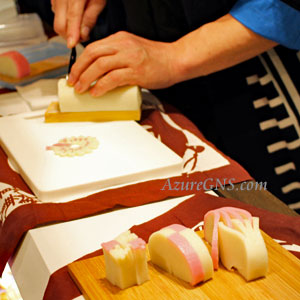
かまぼこは飾り切りをし易いので、パーティーにも向いています。包丁でかまぼこに切り込みを入れ、結んだり、折り曲げたりすることにより、美しい花や可愛い生き物を作ることができます。
Kamaboko is easy to cut decoratively so it is also suitable for a party. Beautiful flowers and cute creatures are made by making cuts with a knife and tying or holding them.
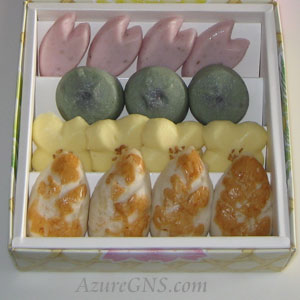
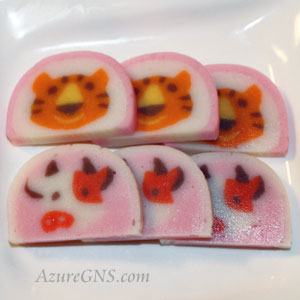
近年、蒲鉾などの練り物製品の売り上げは減っています。その原因はさまざまです。日本人の食生活の西洋化、不漁によるタラ、グチ、エソなど原材料の値上げ、長期にわたる不況などがあります。各練り物業者は新製品の開発に力を入れています。
The sales of ground fish products including kamaboko have recently been dropping for various reasons: westernization Japanese eating habits, price increases of material such as tara (cod), guchi (silver croaker) and eso (lizardfish) and a long recession. Each company or shop of ground fish products is giving high priority to the development of new products.
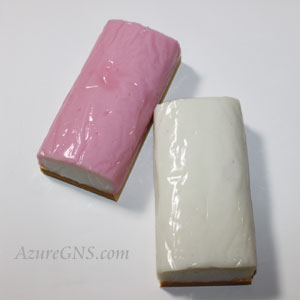
魚料理は日本料理の中で最も伝統的なものですが、魚が好きではない外国の方もいます。 しかし、おそらく蒲鉾を見るだけでは材料が魚だとは気付かないでしょう。ですから、魚が苦手な外国の方が味わうのにぴったりな日本の魚料理ではないでしょうか。
Fish dishes are one of the most traditional Japanese cuisines, but some foreign people don’t like fish. However, probably just looking at kamaboko they don’t think it is made from fish. Therefore, kamaboko is the best food to enable foreigners, who don’t like fish, to taste Japanese fish dishes.
